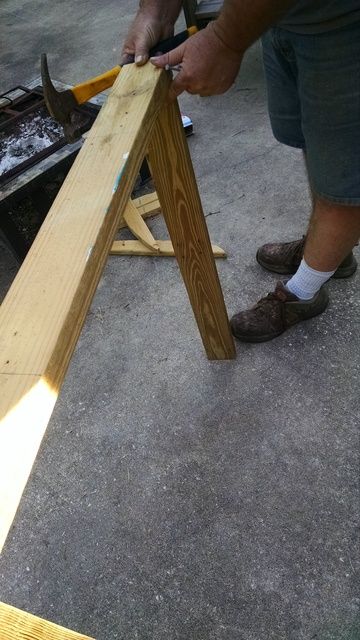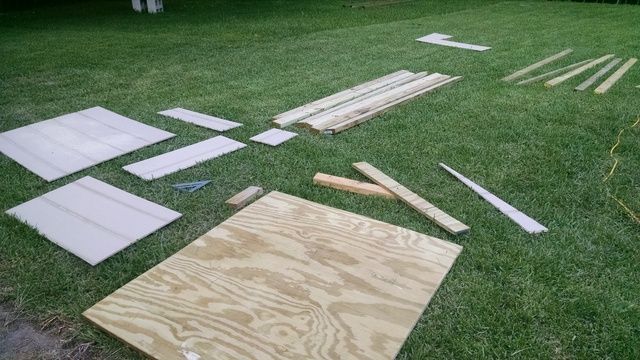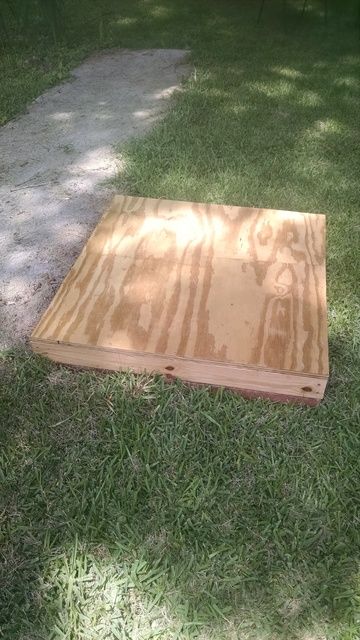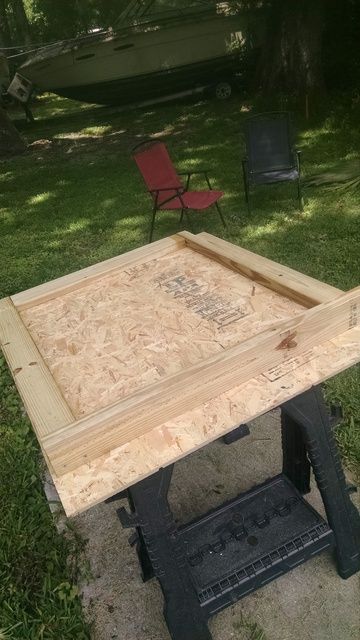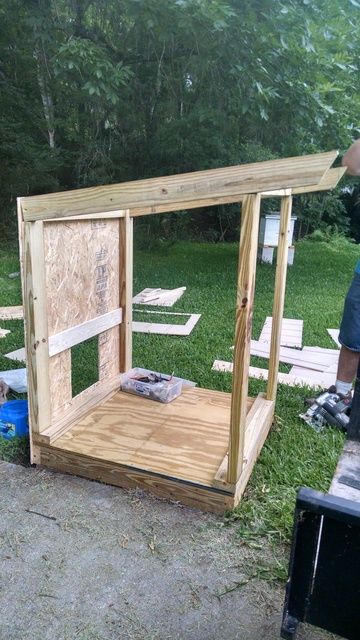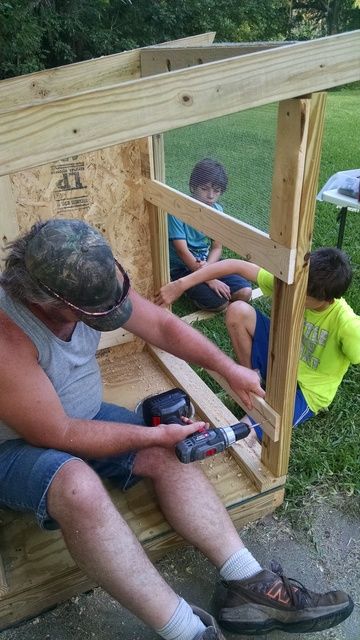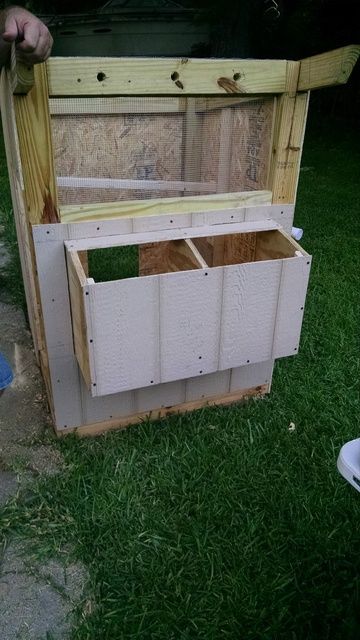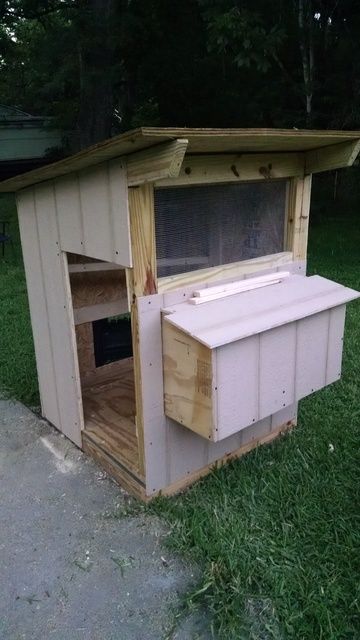Including bees.
Bees. Yes, bees. Honey Bees. MY Bees.
I wanted this to be an informative, teaching post moment, but the truth is I was so surprised to discover that dragonflies eat honey bees, that I'm not even sure where to start with the informative part because I just want to scream "They are eating my bees and we SAW them do it!"
I mean, sure, I whipped out my phone and started googling as fast as I could to see if dragonflies do indeed eat honeybees, but truthfully we had just witnessed the bee murdering carnivore feasting on it's prize with our own eyes, so google was truly unnecessary!
 |
| Dragonfly, lying in wait in the grass. Yes, I belly crawled to get this pic...but this blue bodied jerk POSED and bobbed his head at me for SEVERAL shots! |
But, google I did because I needed to know just what was I up against. I found several informative sites, and while one said honeybees aren't the snack of choice for dragonflies, they will eat them. Almost NO insect can escape a dragonfly and their basket shaped legs, especially since dragonflies flap their wings LESS than most other insects do each minute.
I read that when a colony of termites, ants, or even BEES are found by dragonflies, they will team up. TEAM UP! and share the delicious carnivore's dream smorgasbord.
Yes, I'm referring to dragonflies as carnivores, because that's what they are!! They can eat their weight in bugs in 30 minutes! That is comparable to you or me trying to eat 100 lbs in thirty minutes. Wait, what?!
Dragonflies also lay in wait for their prey. Yep, that's right. See this pic below? In the red circle is a green dragonfly that was lying in the grass, waiting for bees to fly into or from the hive, and then it took flight and tried to snatch a bee. Thankfully it missed, but I don't think they missed often.
One website says since the dragonflies lifespan is so short, it isn't much threat to honeybees. I found another site that says dragonflies are considered a nuisance to apiaries, since hive populations can suffer severe damage before the problem is known. What I've read on Beemaster, most beekeepers don't seem too concerned with the dragonflies, except when it comes to mating queens. I read some information there about queen bees not returning from their mating flight due to dragonflies, so if a person were breeding queens, this could be a problem.
We're on the water. We have a lot of dragonflies. I also have a lot of bees, and I'm concerned that my beautiful hive is just a never ending smorgasbord for these winged devils.
I found some good information on this site http://www.dragonfly-site.com/ about dragonflies themselves.
No real good information has been found (yet) on protecting my bees from these winged demons.




